The Polyvinyl Acetate Adhesives Market is currently characterized by a dynamic competitive landscape, driven by increasing demand across various sectors such as construction, woodworking, and packaging. Key players are actively engaging in strategies that emphasize innovation, sustainability, and regional expansion to enhance their market presence. Notably, BASF SE (Germany) focuses on developing eco-friendly adhesive solutions, while Henkel AG & Co. KGaA (Germany) is leveraging its strong brand portfolio to penetrate emerging markets. These strategies collectively contribute to a moderately fragmented market structure, where the influence of major players is significant but not overwhelming, allowing for the emergence of niche competitors.
In terms of business tactics, companies are increasingly localizing manufacturing to reduce lead times and optimize supply chains. This approach not only enhances operational efficiency but also aligns with the growing consumer preference for locally sourced products. The competitive structure of the market appears to be moderately fragmented, with several key players holding substantial market shares, yet leaving room for smaller entities to thrive through specialized offerings and innovative solutions.
In August 2025, 3M Company (US) announced the launch of a new line of polyvinyl acetate adhesives designed specifically for the construction industry. This strategic move is significant as it not only reinforces 3M's commitment to innovation but also positions the company to capture a larger share of the growing construction adhesive market. By addressing specific industry needs, 3M is likely to enhance its competitive edge and strengthen customer loyalty.
In September 2025, Sika AG (Switzerland) expanded its production capabilities in North America by investing in a new manufacturing facility dedicated to polyvinyl acetate adhesives. This expansion is indicative of Sika's strategy to bolster its supply chain and meet the increasing demand in the region. Such investments are crucial for maintaining competitive advantage, particularly in a market where responsiveness to customer needs is paramount.
In July 2025, DOW Inc. (US) entered into a strategic partnership with a leading packaging company to develop sustainable adhesive solutions. This collaboration highlights DOW's focus on sustainability and innovation, aligning with current market trends that favor environmentally friendly products. By integrating sustainability into its core offerings, DOW is likely to enhance its market position and appeal to a broader customer base.
As of October 2025, the competitive trends in the Polyvinyl Acetate Adhesives Market are increasingly shaped by digitalization, sustainability, and the integration of artificial intelligence in product development. Strategic alliances are becoming more prevalent, allowing companies to pool resources and expertise to drive innovation. Looking ahead, it appears that competitive differentiation will increasingly pivot from traditional price-based competition to a focus on technological advancements, sustainable practices, and reliable supply chains, thereby reshaping the market landscape.
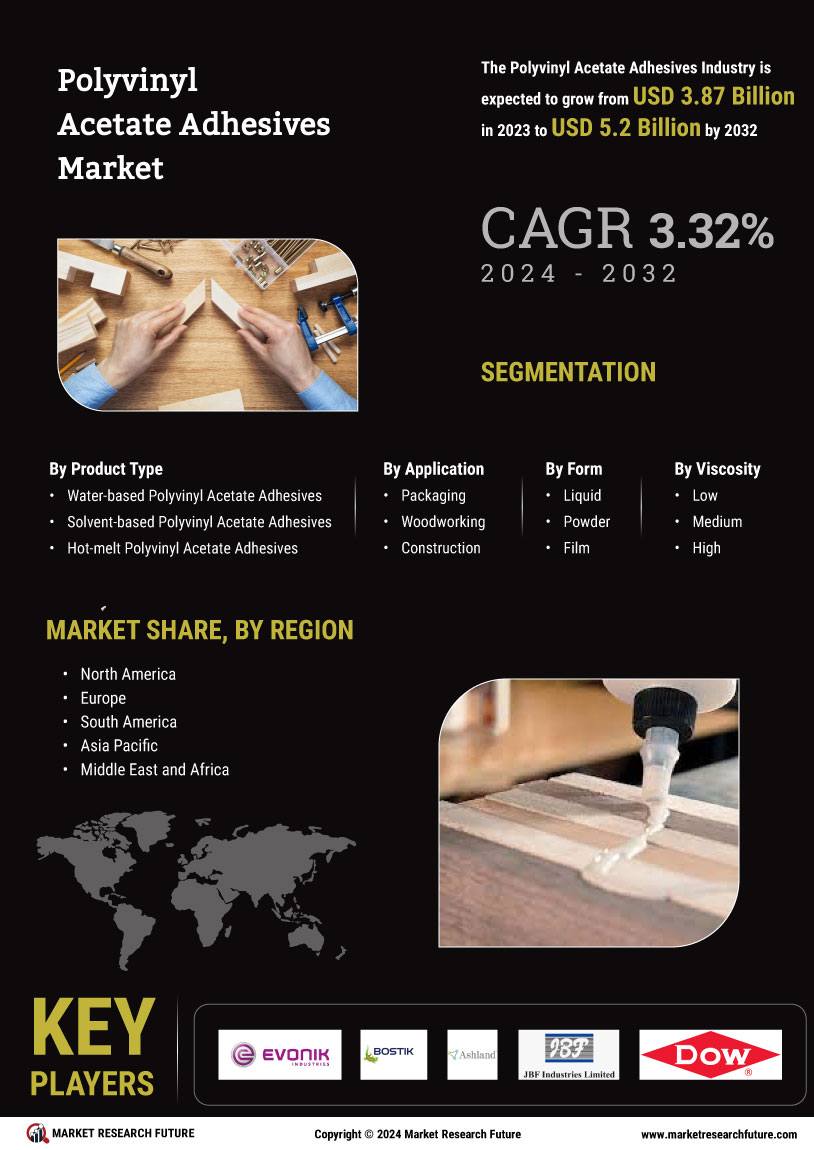

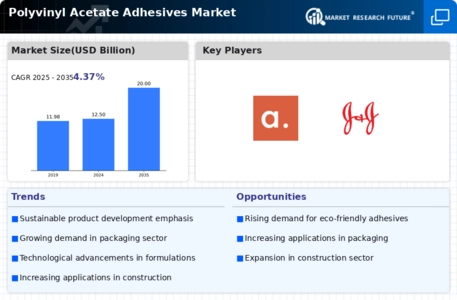
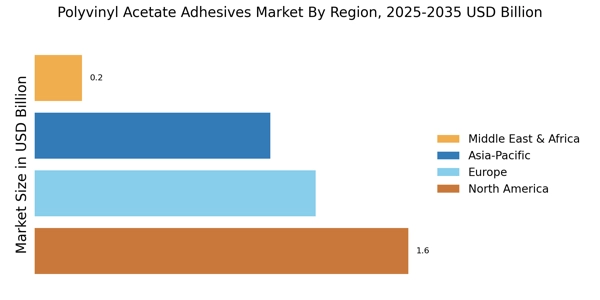



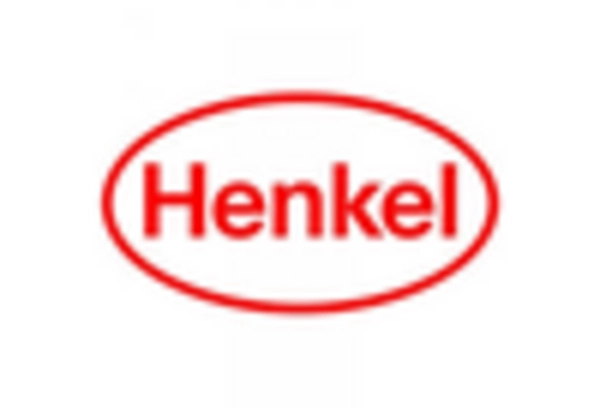
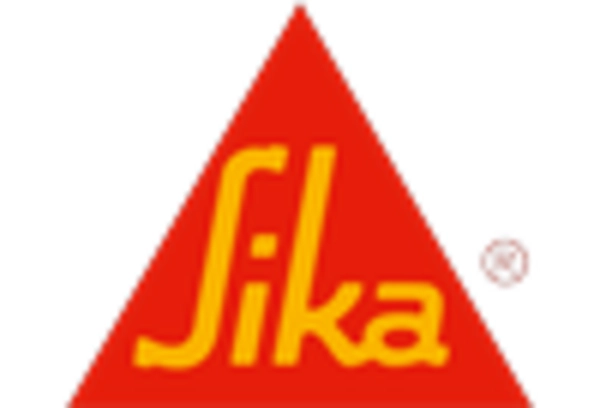
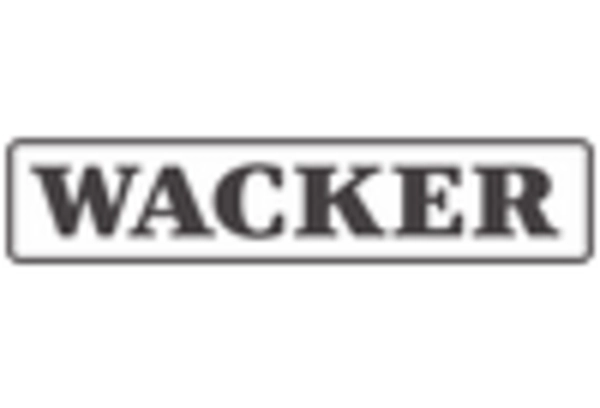








Leave a Comment